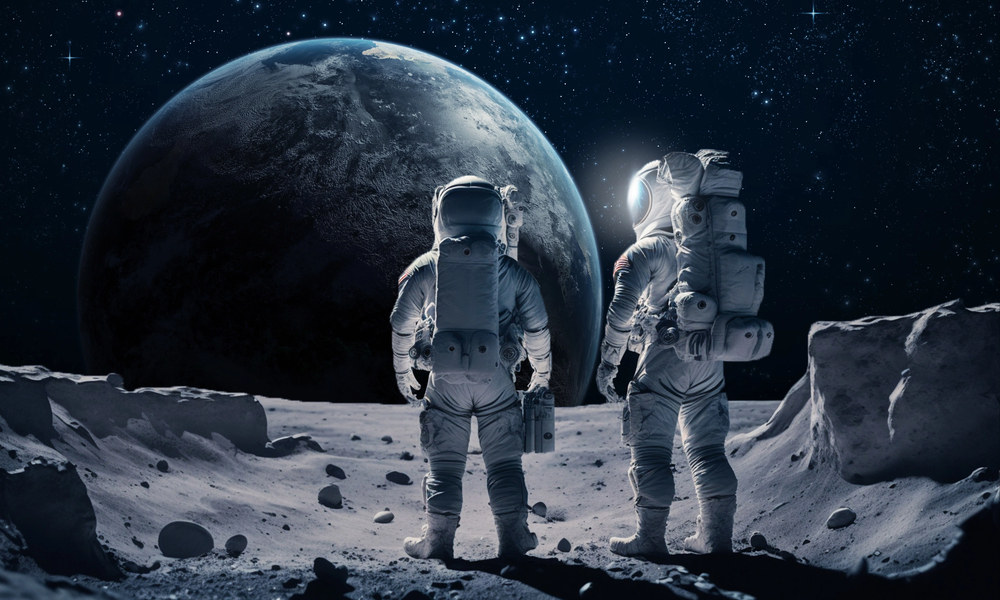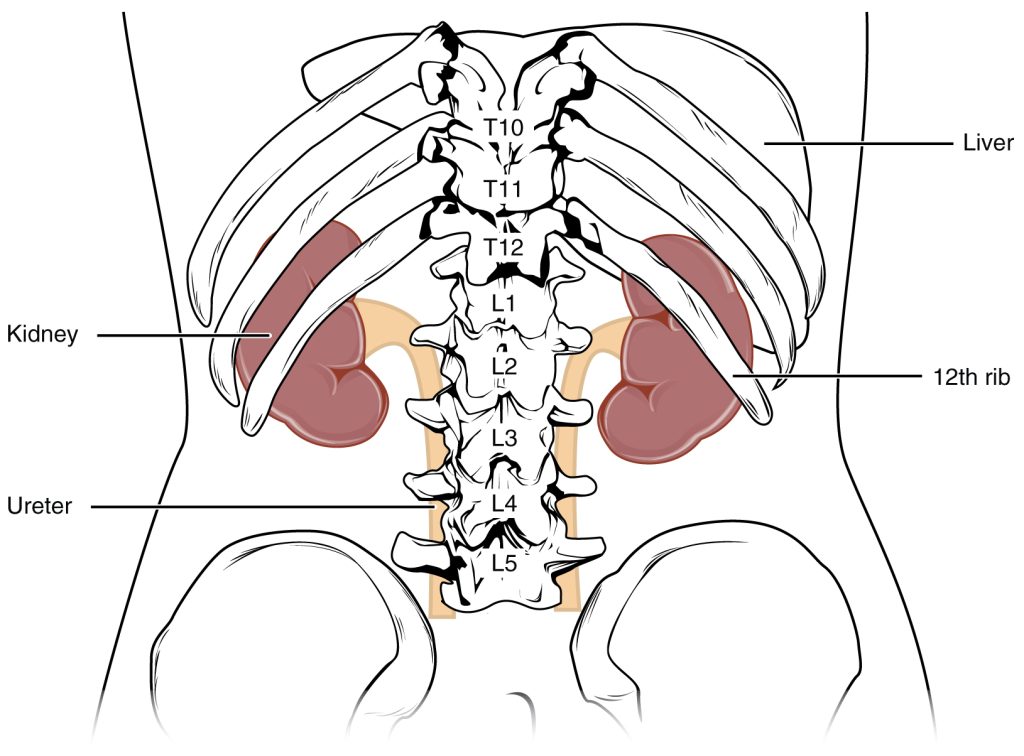
What if the greatest obstacle to traveling to Mars is not a glitch in the technology, but the gradual, unseen failure of the human kidney? For decades, engineers have worked on rockets and on habitats, but more recent studies have shed light on a new, subtle danger hidden in the human body. As space agencies prepare for missions lasting years beyond Earth’s shield, the kidneys those humble organs have become an interplanetary traveler’s potential Achilles’ heel.
A wave of papers in 2024 has reported that space travel and cosmic radiation from the galaxy induce deep, and sometimes permanent, structural and functional changes in the kidney. These conclusions, based on both astronaut and animal data, pose urgent questions about whether existing biomedical countermeasures are adequate or whether, as one scientist cautioned, “an astronaut could travel to Mars, but may need dialysis on the return journey.” Here are the key findings and what they hold for human space travel in the future.

1. Microgravity reconfigures the kidney in weeks
Space travel subjects the kidneys to microgravity, a state that radically changes the functioning of these organs in controlling salts and water. Current multi-omics research discovered that certain calcium and sodium-balancing tubules start to atrophy following less than a month in space. The process, referred to as tubular remodeling, is more than a small adjustment. Rather, it is a structural change that potentially weakens the kidney’s function in filtering waste and controlling minerals after a while.
Most importantly, this transformation was seen in both human space travelers and mice, indicating a universal biological reaction to weightlessness. Although some of these alterations might be reversed by terrestrial return, the danger is that on a multi-year mission to Mars, they might become irreversible, with resulting chronic dysfunction.
2. Cosmic Radiation Causes Permanent Damage
Outside Earth’s magnetic field, astronauts are showered with GCR high-energy particles that can penetrate tissue and destroy DNA. Mice in simulated Mars-mission tests that were subjected to GCR for the equivalent of 2.5 years suffered permanent kidney damage and loss of function. “We know the kidneys are slow to exhibit signs of radiation injury; by the time this is evident it’s likely too late to avoid failure,” stated Dr. Keith Siew of UCL.
This susceptibility is a result of the kidney’s dependence on mitochondrial generation of energy, which makes it exquisitely sensitive to oxidative stress caused by radiation. Subtle damage accrues over time, and even the best shielding provides inadequate protection against GCR’s relentless barrage.
3. Kidney Stones: A Mission-Critical Threat
Kidney stones are not only an agony to endure in space they can be a mission-ending emergency. Astronauts have a 2–7 times increased risk of developing kidney stones following spaceflight, with the risk during flight estimated to be even greater. A single Soviet cosmonaut came close to causing an emergency deorbit on one occasion due to a stone attack, barely managing to save the mission.
Although bone loss and calcium mobilization have long been culpable, recent studies indicate that spaceflight actually changes the way kidneys handle salts to produce a pro-stone environment. Increased urinary calcium, oxalate, and uric acid, coupled with decreased urine output, provide the conditions for near-explosive stone growth something with minimal treatments available in deep space.
4. Sodium and Fluid Regulation Go Haywire
Microgravity unsettles the fluid balance in the body, moving fluids towards the head and chest. The kidneys, interpreting this new posture, excrete excess water and sodium and result in precocious dehydration and electrolyte disturbances. This is made more complex by recent findings that sodium can be stored in tissues like muscle and skin, breaking the linkage between sodium retention and water retention.
These changes undermine the conventional understanding of sodium homeostasis and potentially explain why astronauts are seeing persistent decreases in plasma volume and blood pressure, with related repercussions for cardiovascular and kidney function.
5. Hormonal Disarray: The Kidney’s Endocrine Challenge
Spaceflight reverses the hormonal cues that regulate kidney function. Renin, aldosterone, and antidiuretic hormone (ADH) levels vary unpredictably, at times contrary to physiological expectations. This hormonal variability interferes with the ability of the kidneys to conserve sodium and water, thus raising the risk of dehydration and stone formation.
In addition, recent research indicates that downregulation of collecting duct prostaglandin transporters can induce antidiuresis water retention that is maladaptive in space. The end result is an always-out-of-harmony system, and unpredictable implications for the health of astronauts.
6. Vascular and Tubular Injury: The Double Assault
GCR not only damages the filtering units of the kidney; it also injures the small blood vessels that bring blood to them. Simulated deep-space radiation in recent rodent research has been found to induce thrombotic microangiopathy clots and inflammation in the microvasculature of the kidney and damage to proximal as well as distal tubules.
These types of injuries appear as proteinuria (protein in urine), magnesiuria (loss of magnesium), and abnormal glucose reabsorption, all of which are signs of worsening kidney function. The interaction of vascular and tubular damage may hasten the development of chronic kidney disease on extended missions.
7. The Microbiome’s Mysterious Role
Space travel also reconfigures the gut microbiome with consequential repercussions for kidney health. Multi-omics analyses revealed that higher Oxalobacter species bacteria that oxidize oxalate could impact urinary oxalate concentrations and hence stone risk. Yet, there is complexity with some microbiome alterations potentially protective and others raising risk.
These results suggest the potential for future probiotic or dietetic interventions to influence stone risk, but there is much yet to be learned about the space gut-kidney axis.
8. Countermeasures: From Potassium Citrate to Artificial Gravity
Against these dangers, researchers are experimenting with a set of countermeasures. Supplementation of potassium citrate has been found to decrease urinary calcium and raise citrate and pH, lowering stone risk (Nature npj Microgravity). Thiazide diuretics and bisphosphonates can also assist but their pharmacokinetics in space are still not well understood.
Artificial gravity, generated by centrifuges, offers a promising if still experimental way to stabilize fluid distribution and kidney function. Yet, as Dr. Stephen B. Walsh of UCL notes, “You can’t protect [the kidneys] from galactic radiation using shielding,” underscoring the need for new pharmaceutical and technological solutions.
9. The Clock Is Ticking: Silent Decline Over Long Missions
Perhaps most disturbingly, renal decline in space is frequently insidious. Creatinine and other traditional markers might be normal while damage continues to accrue. Without serial monitoring or sensitive biomarkers, astronauts might pass the point of no return into irreversible dysfunction before symptoms emerge.
Since missions to Mars will take more than 900 days, the danger is no longer hypothetical. Microgravity, radiation, dietary restrictions, and sparse medical care combine to create a lethal soup for chronic kidney disease a hazard that could threaten individual lives as well as mission success.
The trip to Mars is an equal challenge to human biology as it is to engineering capability. Current research highlights that kidney condition is mission-critical, necessitating novel protection, monitoring, and intervention strategies. As governments and corporations advance exploration boundaries, the quiet strength or weakness of the kidneys can end up deciding how far humans can go in the universe.

